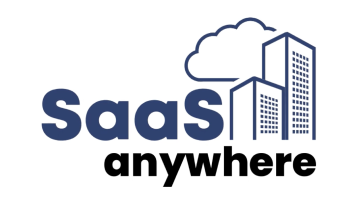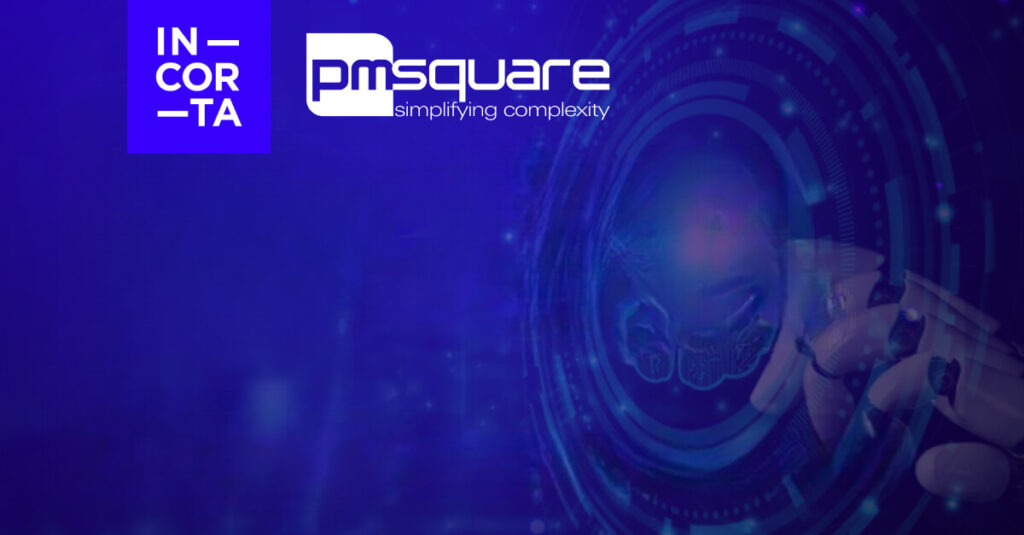
Kyle McIvor, July 11, 2021
Get the Best Solution for
Your Business Today!
Amazon QuickSight Complete Guide Series
- Amazon QuickSight Complete Guide #1: Benefits and Pricing <-You Are Here
- Amazon QuickSight Complete Guide #2: Signing Up & Getting Started (read)
- Amazon QuickSight Complete Guide #3: QuickSight Q (read)
This post is the first installment of a Complete Guide to Amazon QuickSight. Be sure to check back in for future installments of the series.
Amazon (AWS) QuickSight is a fully managed business intelligence service. This means it is a cloud-based service that is globally available, has built-in redundancy, and enterprise-grade security. This allows your business to deliver easy-to-understand insights to users, regardless of their location. Because QuickSight is a relatively new BI tool, most people may be unfamiliar with its features and benefits. So, let us take a look at what differentiates QuickSight from other BI tools and then get into editions and pricing.
Table of Contents
Benefits of Amazon QuickSight
Embed dashboards and APIs
Amazon QuickSight lets you personalize the look and feel of your reports using built-in themes to customize the look and feel of your reports and dashboards. Dashboards built in QuickSight can be easily embedded into existing applications. This allows analytics to be delivered to users across many different interfaces. QuickSight offers a broad spectrum of reporting like ad-hoc analysis for one-off inquiries, or pre-built machine learning (ML) models for more advanced analysis like anomaly detection, forecasting, and natural language queries.
End-to-End BI Solution
Amazon QuickSight allows you to connect and import data from cloud and on-prem data sources such as Salesforce, Twitter, GitHub, and Square. Also allows you to connect to 3rd party databases such as MySQL, Postgres, Teradata; as well as AWS native sources like S3, RDS, Aurora, Redshift, and Athena. QuickSight is localized in 10 major languages including but not limited to English, Spanish, Chinese, Japanese, Korean, and French. This allows you to share with a global audience. In terms of security, QuickSight has an encompassing set of security features: role-based access control, active directory integration, AWS CloudTrail auditing, single sign-on (IAM or third party), private VPC subnets, and comprehensive data backups QuickSight also makes great effort to be FedRamp, HIPAA, PCI PSS, ISO, SOC compliant to fit the regulatory requirements necessary.
Scale to Tens of Thousands of Users
Serverless architecture allows companies to seamlessly scale to hundreds of thousands of users. Amazon QuickSight simplifies content management by providing the ability to isolate data between end-users, move dashboards across accounts, and automate deployments. Any user in an Active Directory can securely share dashboards with each other via browser or mobile device. It also allows for scheduled email-based reports so users can deliver key insights straight to inboxes. Best of all, there is no user-based licensing. You only pay when your dashboards are being used.
SPICE
SPICE stands for Super-fast, Parallel, In-memory Calculation Engine. It is an in-memory caching engine that is much faster than normal querying tools. When a user imports data into a dataset, in Amazon QuickSight, it becomes SPICE data. SPICE automatically replicates data for high availability so thousands of users can all simultaneously perform analysis. It allows your analytical queries to process faster, and you don’t need to wait for a direct query to process. QuickSight can charge per query for certain data source types. However, data stored in SPICE can be reused without additional charges. So, leveraging this feature can save your business money. SPICE allows each dataset to cache up to 250 million rows or 500 GB.
More information on SPICE can be found here: https://docs.aws.amazon.com/quicksight/latest/user/spice.html
Integration with other AWS Services
Users can leverage the use of machine learning models built in Amazon SageMaker, no coding necessary. All users need to do is connect a data source (S3, Redshift, Athena, RDS, etc.) and select which SageMaker model to use for their prediction.
Editions/Pricing
Now that we’ve gone over some benefits of Amazon QuickSight and where to get started, we’ll take a look at the different editions and pricing. Amazon QuickSight has a two-tier pricing model: Standard and Enterprise. Both editions support all available QuickSight features for creating and sharing data visualizations. Each edition also has access to the SPICE caching engine.
The main difference between these editions is that Enterprise supports Active Directory integration while Standard does not. Another difference is that the Enterprise edition allows for two different user types: Authors and Readers. Like most other BI platforms, Authors are considered the creators of content. They connect the databases and build the visualizations and dashboards and publish them when completed. Readers, on the other hand, can only interact with a published dashboard.
In Standard Edition, you can invite users via IAM or with their email address to create a QuickSight-only user account. In Enterprise, you add users by their Microsoft Active Directory groups. Some other main features that Enterprise has over the Standard Edition include: secure access of data in Private VPCs and on-prem, Row level security, hourly refresh of SPICE, and secure data encryption at rest.
Here’s a full list of the differences between the two editions:
| Enterprise Edition | Standard edition | |
|---|---|---|
| Free trial authors (60 days) | 4 | 4 |
| Included SPICE capacity | 10GB/User | 10GB/User |
| Readers | ||
| Embedded dashboards | ||
| Embedded dashboard authoring | ||
| Connect to spreadsheets, databases, data lakes, and business apps | ||
| Easily analyze data with AutoGraph | ||
| Publish dashboards for interactive data access | ||
| Single-Sign-On with SAML or OpenID Connect | ||
| Web and mobile access | ||
| Drill-down to detail and customize filters | ||
| Enable audit logs with AWS CloudTrail | ||
| Email reports | ||
| Securely access data in private VPCs and on-prem | ||
| Row level security | ||
| Hourly refresh of SPICE data | ||
| Secure data encryption at rest | ||
| Connect to active directory | ||
| Use active directory groups | ||
| Folders for governed sharing | ||
| Customized user permissions | ||
| APIs NEW! | ||
| Namespaces for multi-tenancy NEW! | ||
| ML Insights NEW! | ||
| Templates for programmatic dashboard creation NEW! | ||
| Themes for dashboard customization NEW! | ||
| Fine-grained access control over AWS data source (e.g. S3, Athena) NEW! | ||
| 250M rows of data per SPICE data set NEW! |
Standard Edition
Authors: $9/user per month billed annually ($12 per month if billed monthly)
- Create and publish interactive dashboards
- 10 GB/user of SPICE Capacity
- $0.25/GB for additional capacity
Enterprise Edition
Authors: $18/user per month billed annually ($24/user per month billed monthly)
- Create and publish interactive dashboards, setup email reports, and more
- 10 GB/user of SPICE Capacity
- $0.38/GB for additional capacity
Readers:
- Option 1: Per user pricing
- Predictable per-user pricing for BI developments and embedding in startups and SMBs
- Up to $5/user per month
- $0.30/session (30 minutes per session)
- Option 2: Session Capacity Pricing
- Session-based pricing for embedding & large-scale BI deployments at ISVs and enterprises
- From $250/month for 500 sessions per month
- $0.50/overage session
Free Trial
If you would like to try out Amazon QuickSight without the commitment, AWS does offer a free 60-day trial for four users. This applies to both Standard and Enterprise Editions, so pick whichever fits your needs and try it out today!
For access to the Amazon QuickSight Free Trial, more info on the two Editions of QuickSight, and their Pricing, check out this link from AWS: (scroll down the page to find the link to a free trial).
If you want to get jumpstarted, or need help selecting the best BI tool for your organization, reach out to us or chat with us by clicking the bubble in the bottom right of your screen.
Next Steps
We hope you found this article informative. Be sure to subscribe to our newsletter for data and analytics news, updates, and insights delivered directly to your inbox.
If you have any questions or would like PMsquare to provide guidance and support for your analytics solution, contact us today.









